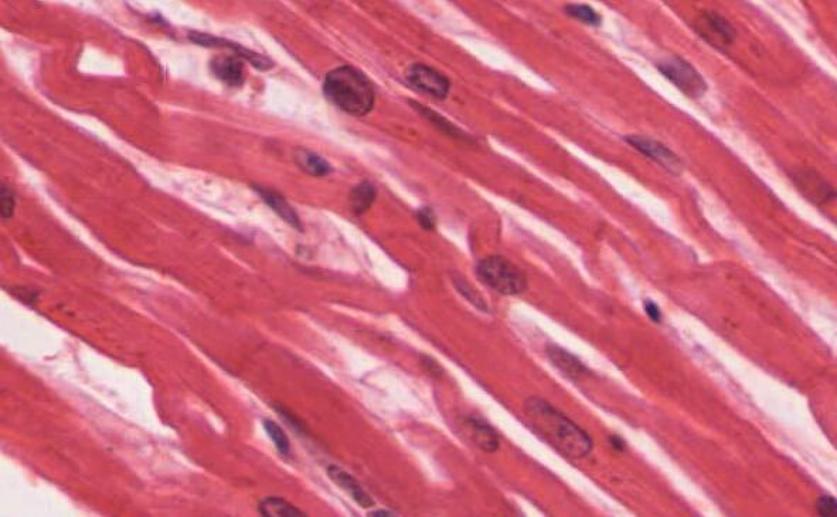
This archived news article is over 5 years old.
Scientists Determine the Structure and Function of a Type of Noncoding RNA Called “Braveheart”
David Jennings
10th September, 2016


David Jennings
10th September, 2016
